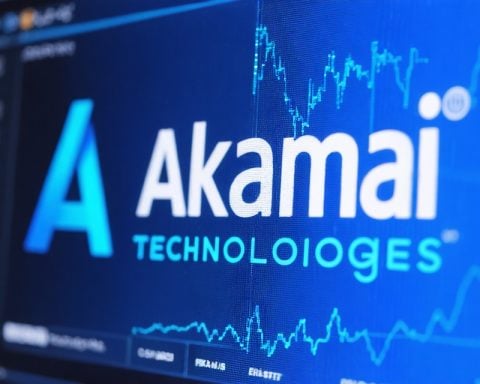An Upward Shift in Consumer Preferences
The latest figures indicate a shift in consumer preferences towards smaller, more affordable smartphones. While flagship models like the iPhone 13 and iPhone 12 continue to rank high in sales worldwide, the compact iPhone SE (2020) has claimed the top spot in Japan. This surge in demand for smaller smartphones can be attributed to the absence of compact models in recent iPhone releases, prompting consumers to seek out refurbished units with convenient one-handed usability.
Diverse Market Needs
Across different regions, distinct trends emerge in refurbished smartphone sales. In the U.S., the presence of the Galaxy S21 5G on the bestseller list underscores a strong demand for Android devices. Conversely, in Europe, the iPhone 13 dominates sales, highlighting a preference for Apple products. These regional variations reflect evolving consumer needs and brand loyalty in the tech market.
Sustainability and Accessibility
Companies like Back Market play a vital role in promoting sustainability through their refurbished product offerings. By refurbishing pre-owned devices, they significantly reduce environmental impact compared to manufacturing new electronics. Back Market’s commitment to quality assurance, including a 12-month warranty and a 30-day return policy, ensures that buyers can access reliable refurbished smartphones at competitive prices.
Driving Towards a Greener Future
As the refurbished smartphone market expands, there is a growing emphasis on eco-friendly practices. Back Market’s mission aligns with sustainable initiatives, as evidenced by their B Corporation certification and dedication to reducing electronic waste. By championing refurbished products, the industry aims to lessen its ecological footprint and create a more sustainable tech ecosystem for future generations.
Maximizing Value in Refurbished Smartphone Sales
Understanding Market Dynamics
Beyond consumer trends and regional preferences, there are key questions that shape the landscape of refurbished smartphone sales. How do industry players ensure the quality of refurbished devices to meet consumer expectations? What measures are in place to address concerns about the longevity and performance of refurbished smartphones compared to new devices?
Quality Assurance and Transparency
One of the main challenges in the refurbished smartphone market is ensuring consistent quality across a wide range of devices. Companies like Back Market address this issue by implementing rigorous refurbishment processes and providing detailed product descriptions to inform buyers about the condition of each device. Transparency about the refurbishment history and components used instills confidence in consumers seeking reliable smartphones at lower prices.
Advantages and Disadvantages of Refurbished Smartphones
Refurbished smartphones offer several advantages, such as cost savings compared to new devices, access to previous models that may no longer be available new, and environmental benefits by extending the life cycle of electronics. However, challenges such as shorter warranty periods, potential cosmetic wear, and limitations in available quantities for specific models are factors to consider when purchasing a refurbished smartphone.
Addressing Consumer Concerns
To maintain credibility and trust in the refurbished smartphone market, companies must be transparent about the refurbishment process, warranty terms, and return policies. Responding effectively to customer inquiries and providing reliable customer service is essential to address any concerns about purchasing refurbished devices. Educating consumers about the benefits and potential limitations of refurbished smartphones can help build confidence in this growing market segment.
For more information on sustainable tech practices and refurbished electronics, visit Back Market.



















